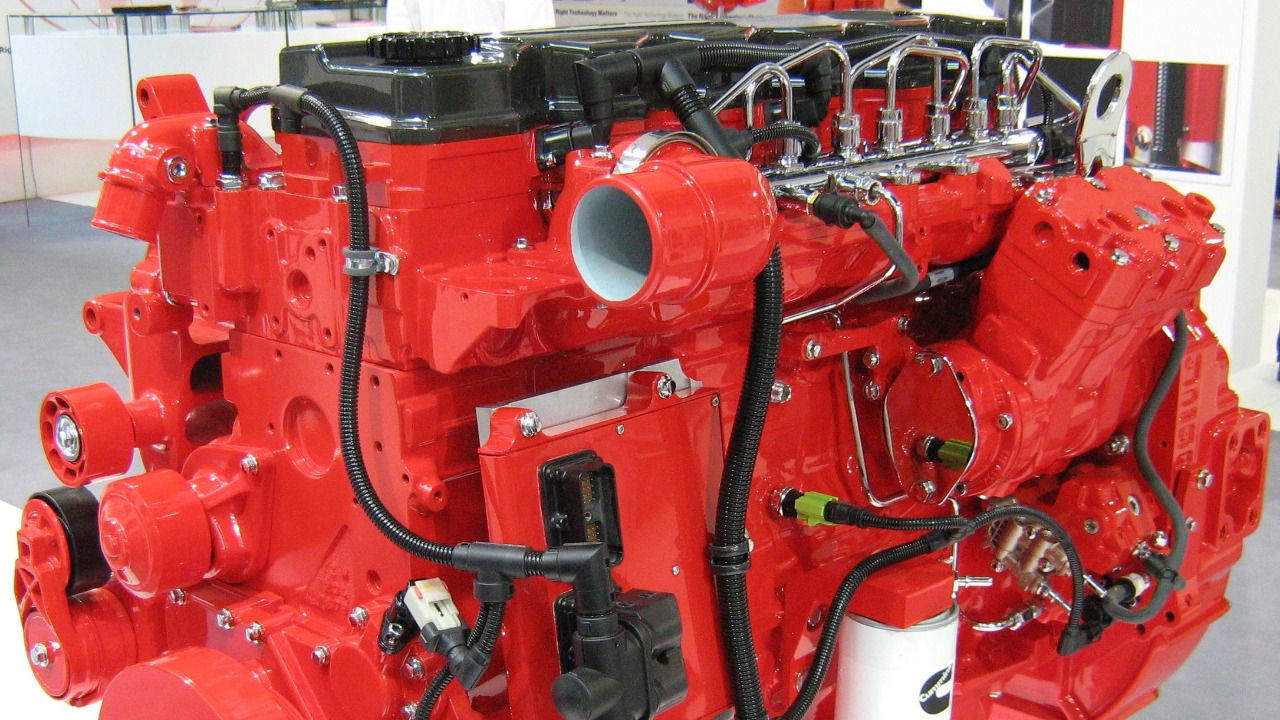
From its humble beginnings to its current status as a leader in diesel engines, Cummins has a fascinating history filled with innovation and perseverance. Whether you’re a diesel enthusiast or just curious about engineering, these 10 little-known facts about Cummins engines will shed light on their impact and legacy.
The Origins of Cummins: A Story of Perseverance
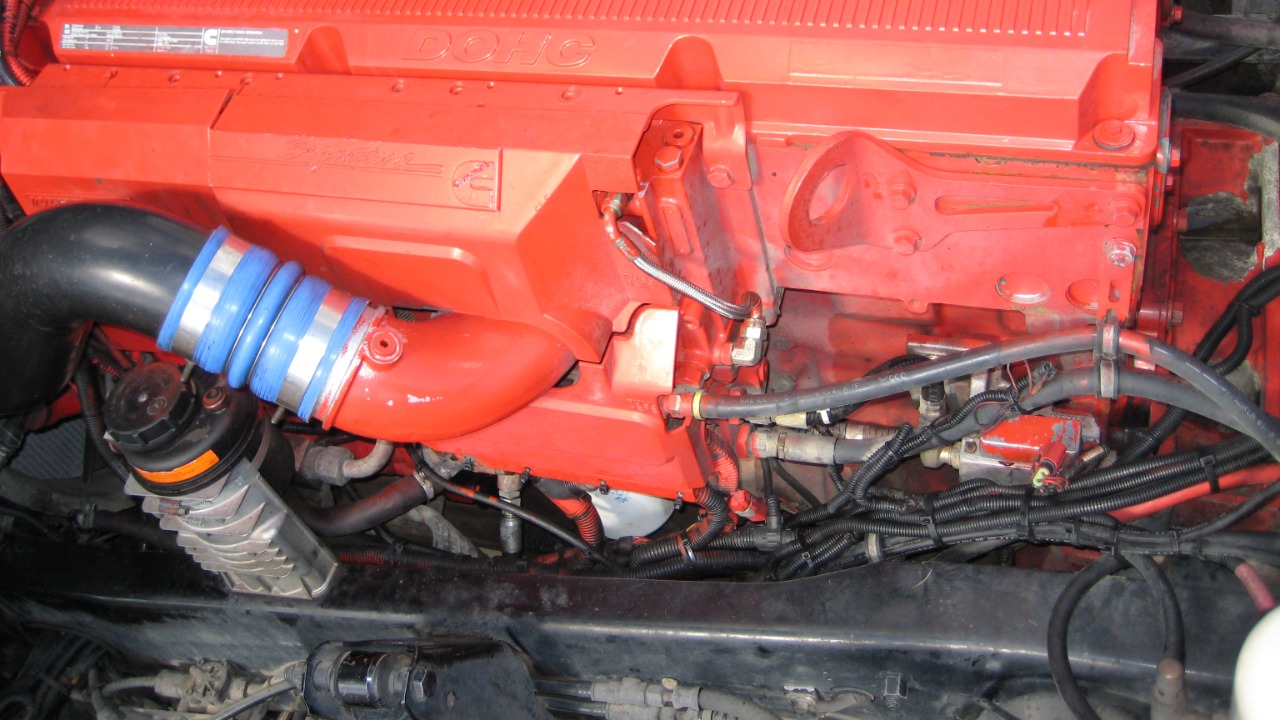
Clessie Cummins, the visionary behind Cummins engines, began his journey in a modest garage in Indiana. His relentless pursuit of innovation and quality laid the foundation for what would become one of the most respected names in diesel engines. Through determination, he overcame early financial struggles and market skepticism to bring his ideas to fruition.
Clessie’s passion for engines was sparked by an early job as a chauffeur, where he was captivated by the mechanics of automobiles. This fascination drove him to explore the potential of diesel technology, leading to the founding of the Cummins Engine Company in 1919. His story is one of resilience and dedication.
The First Engine: Model H and Its Impact
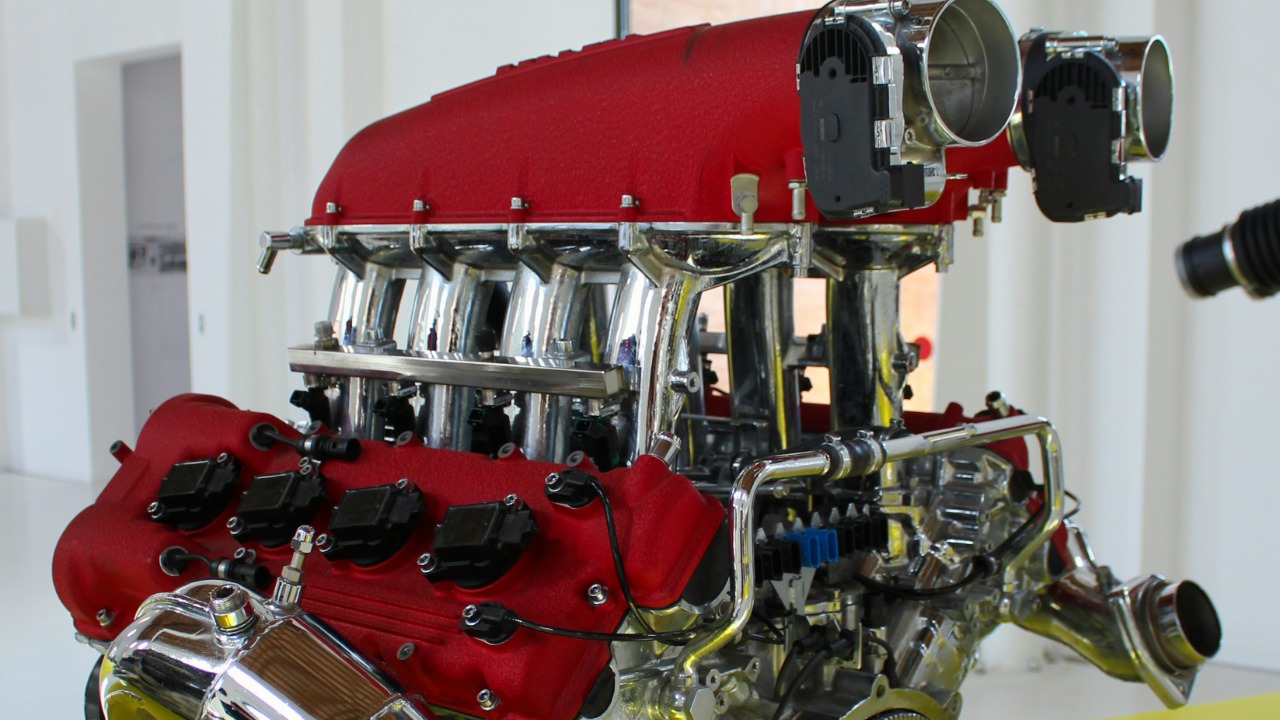
The Model H, introduced in 1933, was Cummins’ first commercial success. This engine marked a turning point for the company, showcasing its ability to deliver reliable and efficient power solutions. The Model H’s success helped solidify Cummins’ reputation in the burgeoning diesel industry.
This engine demonstrated the potential of diesel power in various applications, paving the way for future innovations. Its success in the market proved that diesel engines were not just feasible but could also exceed the performance of their gasoline counterparts.
The Role of Clessie Cummins in World War II

During World War II, Clessie Cummins made significant contributions by supplying engines for military vehicles and equipment. His engines were known for their durability and efficiency, which were crucial in supporting the war effort. Cummins’ involvement helped boost the company’s profile and cement its role as a key player in the industry.
Clessie’s commitment to innovation and quality ensured that Cummins engines could withstand the harsh conditions of war, making them a reliable choice for the military. This period was pivotal in expanding Cummins’ reach and influence.
Cummins’ Breakthrough in Turbocharging Technology
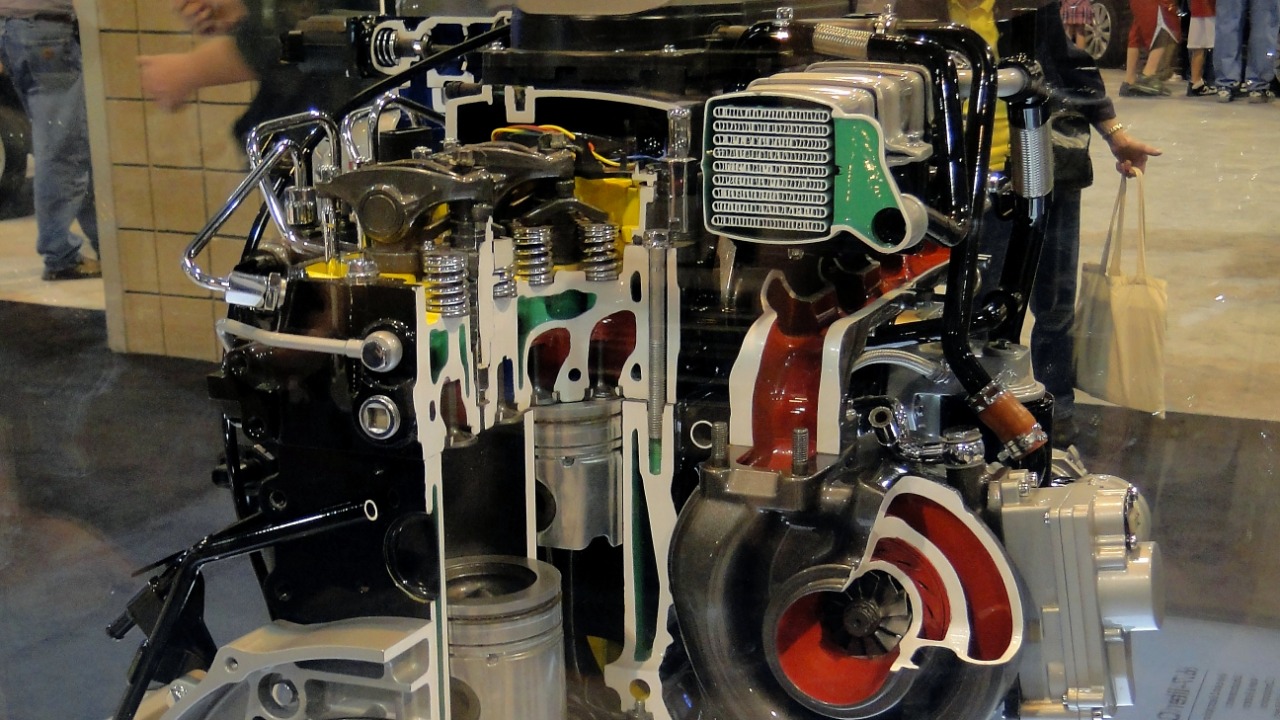
In the 1950s, Cummins introduced a groundbreaking turbocharging technology that enhanced engine performance and efficiency. This innovation allowed engines to deliver more power without increasing fuel consumption, setting a new standard for the industry.
The introduction of turbocharging revolutionized diesel engines, offering improved power-to-weight ratios and better fuel efficiency. This advancement helped Cummins maintain its competitive edge and continue to lead in diesel technology.
The Introduction of the PT Fuel System

Cummins’ PT (Pressure-Time) fuel system was a revolutionary development that improved fuel injection precision and engine performance. Launched in the 1950s, this system allowed for better control over fuel delivery, resulting in enhanced power output and reduced emissions.
The PT fuel system’s introduction signaled a new era in diesel engine technology, emphasizing efficiency and environmental responsibility. Its success cemented Cummins’ reputation as an innovator and leader in the industry.
Cummins’ Commitment to Environmental Sustainability

Throughout its history, Cummins has been committed to reducing the environmental impact of its engines. The company has continuously invested in research and development to create cleaner and more efficient diesel engines that meet stringent emissions standards.
Recently, Cummins has expanded its efforts into alternative energy sources, including natural gas and hybrid power solutions. This dedication to sustainability ensures that Cummins engines remain at the forefront of the industry’s environmental advancements.
Innovations in Diesel Engine Filtration

Cummins has been at the forefront of developing advanced filtration systems for diesel engines. These systems play a crucial role in maintaining engine performance and longevity by ensuring clean fuel and air intake.
By investing in filtration technology, Cummins has improved engine reliability and reduced maintenance costs for its customers. These innovations highlight the company’s commitment to delivering high-quality and dependable engine solutions.
The Legendary 6BT Engine: A Game Changer
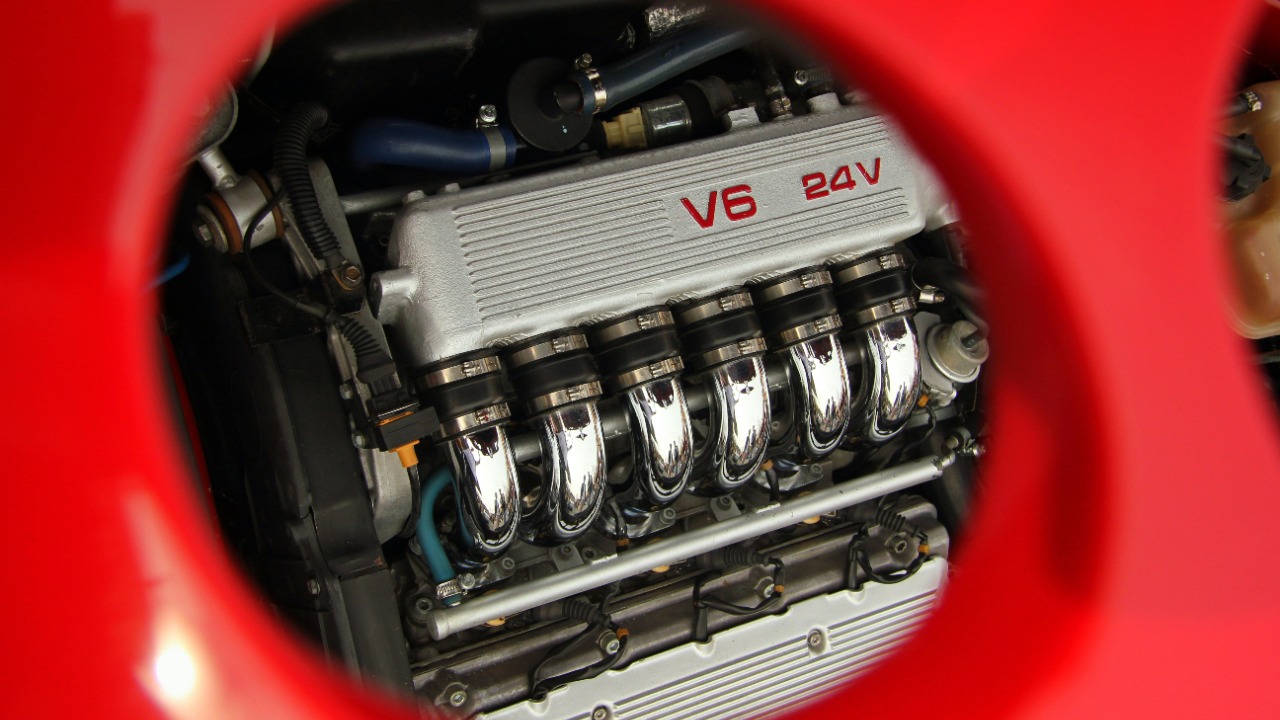
The introduction of the 6BT engine in the late 1980s was a turning point for Cummins. This engine became renowned for its durability, power, and versatility, finding applications in various industries, including agriculture, construction, and transportation.
The 6BT’s success solidified Cummins’ reputation as a provider of robust and reliable diesel engines. Its design and performance have made it a favorite among diesel enthusiasts and professionals alike.
Cummins’ Global Expansion and Market Influence

Over the years, Cummins has expanded its global footprint, establishing a presence in numerous countries and markets. This expansion has been driven by a commitment to innovation and customer satisfaction, enabling Cummins to become a leader in the global diesel engine industry.
By adapting to regional needs and regulations, Cummins has maintained its influence and competitiveness worldwide. Its global reach ensures that Cummins engines power a wide range of applications across diverse industries.
The Partnership with Dodge: A New Era in Pickup Trucks

The partnership between Cummins and Dodge in the late 1980s marked a new era in the pickup truck market. The introduction of Cummins engines in Dodge Ram trucks brought diesel power and efficiency to the consumer market, appealing to drivers seeking durability and performance.
This collaboration not only boosted Cummins’ brand recognition but also transformed the pickup truck landscape, setting a new standard for power and reliability in consumer vehicles. The partnership remains strong, with Cummins engines continuing to power Dodge Ram trucks today.